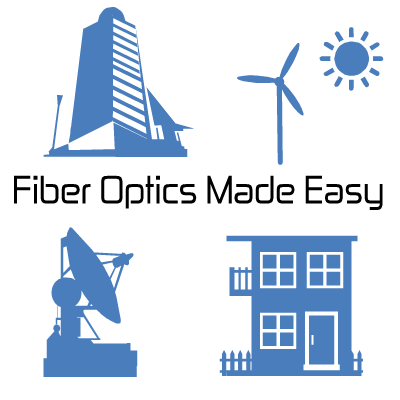by Greg | Dec 29, 2012 | Splicing
The principle of fiber optic splicing is to melt, or join, two optical fibers together end-to-end using heat created with a machine called a Fusion Splicer. Your objective while splicing is to obtain a splice with an estimated loss of no more than 0.01db loss displayed by the machine as well as a physical visible check verifying correct core alignment. A 0.00db loss (odd buck) on the lid is not always a good splice. Follow these simple steps to make a 144ct fiber splice locations go as easy as apple pie. This process only works if the fibers have been properly cleaned with DeGel and that it has been fully neutralized with alcohol. What are the things to keep in mind when splicing fiber optic cables? Dirt is the enemy. Keep it clean! If you want a stress free day behind the screen the first thing you want to do is clean all equipment and tools to be used in the process of splicing the fiber. This starts with your work surface be it a table or counter top. Clean all foreign debris from the surface using a small amount of **alcohol and paper towel. Second item up is the fusion machine. It should be clean from the last time you put it in the box. Clean off the top of the fusion splicer before opening wind cover. DO NOT use canned air! Clean v-grooves and objective lenses with a clean soft swap made for the task. DO NOT use a regular Q-tip! If large debris like dust, pigment from fiber or dirt can be seen in the v-groove...

by Greg | May 25, 2012 | Splicing
A leading service provider of fiber optic splicing and testing for the utility industry OLC Fiber, Inc., a Denver fiber optic splicing contractor, has been a key enabler of optical solutions since 1997. Fiber Optic Splicing – Whether your fiber splicing project is around the corner, around the country, premise or OSP we’re interested in talking with you in order to see how our participation might bring value to your project. Connectivity – Terminating fiber optics comes in many flavors, so working with an experienced team is extremely important to being capable to adapt to any kind of environment the situation presents. Whatever your fiber project, 12ct fiber running into a control building , a fan-out in a traffic cabinet, 1000m down a mine shaft, local convergence points (LCP) or a multiple entry application with thousands of terminations we’ll make sure everything comes together as planned. infoBit – According to the FTTH Council fiber to the home networks now pass more than 16 percent of the homes on the continent, with more than five million households now receiving Internet, telephone and/or cable television services on direct fiber connections. OTDR / Optical Loss / ORL – These three account for the majority of fiber tests that are performed on a fiber network. An OTDR measures loss over distance in graphical form, optical loss measures the total loss of a span and the ORL measures the amount of back reflection received on a fiber. infoBit – The first U.S. communities to install regional smart grids were Austin, Texas and Boulder, Colorado. – Wavelengths Magazine Emergency Restoration – Is your network the victim of a fiber seeking backhoe?...


